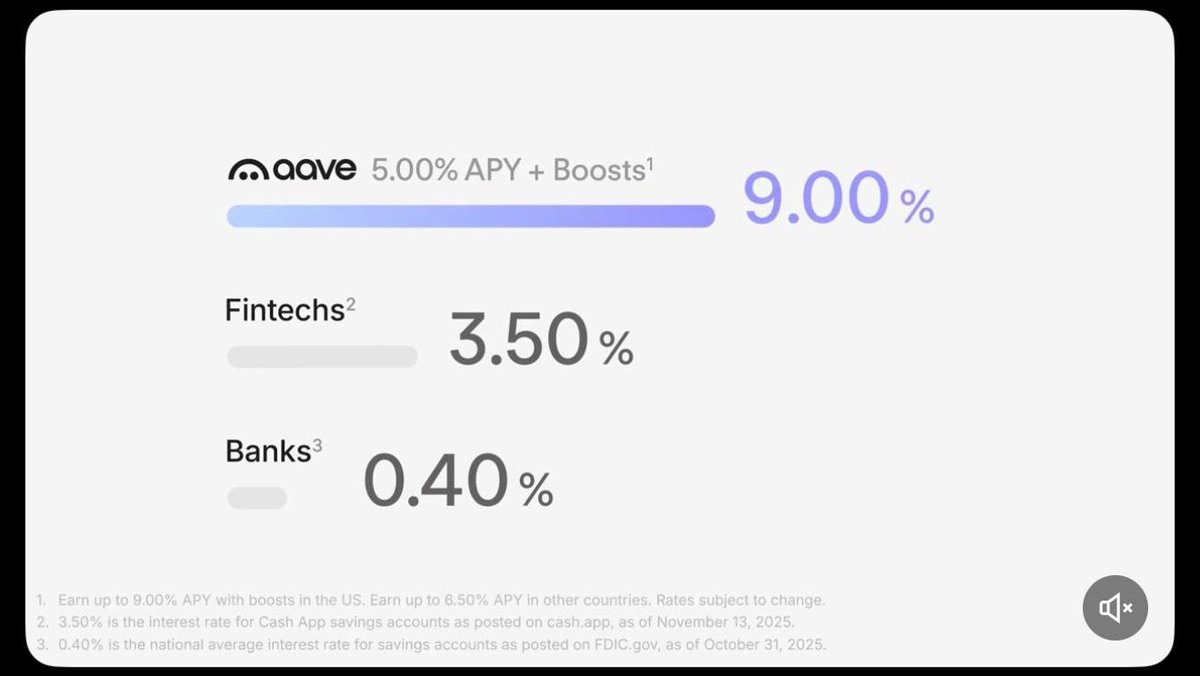Top 5 Mobile Apps for Trading Crypto Safely in 2025
Choosing a crypto trading app in 2025 is less about chasing the hottest coin and more about minimizing avoidable risk. Mobile is where most retail trading happens now, which means your phone has effectively become a self-custody peripheral, an exchange terminal, and an identity token. This article ranks the five best mobile apps for trading crypto safely, with an emphasis on pragmatic defenses that reduce real-world loss scenarios: account takeovers, SIM-swap attacks, malicious apps, clipboard hijacks, phishing, and poor withdrawal hygiene. Each pick earned its spot for the way it blends security architecture, transparent controls, and a trading experience that you can actually live with.
Methodology & Scoring (What 'safe' means here)
We scored each app across five weighted pillars tailored to mobile risk:
- Account Security (30%) – Support for strong factors (FIDO/WebAuthn passkeys, hardware keys), device-binding, phishing-resistant login, session management, anti-SIM-swap guardrails, and granular API key scopes (if supported on mobile).
- Withdrawal Controls (25%) – Address allowlists, time-locked changes, out-of-band confirmations, travel mode, and configurable velocity limits (daily withdrawal caps, per-asset limits).
- Operational Transparency (15%) – Clear security pages, status dashboards, incident comms, and audit or proof-of-reserve disclosures alongside liability coverage (when applicable) with crisp exclusions to avoid false comfort.
- Mobile Hardening & UX (15%) – Jailbreak/root detection, clipboard scrubbing for addresses, biometric prompts, private mode for balances, notification hygiene, easy-to-find security settings; crucially, features that encourage safe behavior without friction rage.
- Trading & Funding Reliability (15%) – Order stability during volatility, clear fee schedules, fast fiat ramps, and support for high-quality networks. Reliability reduces the temptation to circumvent safety (e.g., disabling allowlists to “move fast”).
The Ranked Picks (Profiles & Why They Scored)
- App #1 — Custodial Pro (exchange-native): Built for high-throughput trading with phishing-resistant sign-in (passkeys/hardware keys) and strict device binding. What elevates it is the withdrawal policy engine: per-asset caps, address allowlists with 24–48h cool-downs, and travel mode that auto-suspends withdrawals on new IPs/devices. Best for active traders who want speed without relaxing controls. Watch-outs: custody risk exists; keep long-term holdings in self-custody.
- App #2 — Hybrid Broker (fiat on/off ramp specialist): Exceptional KYC fraud controls and payment risk screening reduce chargeback games that often push users into unsafe P2P workarounds. The app’s claim to fame is OOB confirmations for sensitive actions and a device-locked 2FA flow that survives SIM swaps. Great for newcomers who move between bank rails and crypto frequently.
- App #3 — Non-Custodial Swap Wallet: Self-custody with built-in DEX aggregation, transaction simulation, and malicious-contract warnings. The wallet encourages safe defaults: read-only mode for portfolio checkups, NFC/hardware-key support for large sends, and address-book allowlists that live on-device. Best for users who value ownership but want secure swaps without desktop gymnastics.
- App #4 — Pro DeFi Wallet (hardware-friendly): Deep integration with popular hardware wallets, chain-by-chain gas prompts, and per-network spending limits. It shines for long-horizon holders and on-chain power users: watch-only accounts on mobile, sign on hardware, broadcast from phone — a flow that keeps private keys off the handset while remaining practical.
- App #5 — Lightweight Aggregator: A minimal client that connects to multiple exchanges with strict API scopes and read-only by default. When trading is enabled, the app forces IP whitelisting and key rotation reminders. Perfect for portfolio analytics with optional execution — and for users who prefer exchange diversification while centralizing alerts and risk view.
Threat Model: What Mobile Traders Actually Face
Most losses are not zero-day hacks; they’re operational mistakes exploited by common attacks. Your number one enemy is social engineering that gets you to approve the wrong thing. Second is the SIM-swap, which intercepts SMS codes and account recovery prompts. Third is malware or rogue apps that abuse accessibility permissions or hijack your clipboard to replace withdrawal addresses. Finally, there’s poor withdrawal discipline — sending to new addresses in a rush, turning off allowlists “temporarily,” or using public Wi-Fi for sensitive actions.
How We Tested (Mobile-Specific)
- Onboarding & Recovery: We attempted account recovery from a fresh device to probe for weak flows. Strong apps forced passkey or hardware-key attestation and required old-device approval or a cool-down before enabling withdrawals.
- Withdrawal Friction: We changed allowlists and measured delay + confirmation steps. The best apps enforced time locks and separate confirmation channels.
- Degraded Environments: We toggled airplane mode, disabled biometrics, and simulated weak networks to see if the app still surfaced clear risk warnings and preserved order integrity.
- Malware Adjacency: We copied addresses, switched between apps, and checked whether the client detected clipboard tampering or at least reduced the likelihood of paste-jacking with checksum and domain hints.
Practical Setup Checklist (Do These on Day One)
- Enable passkeys or hardware-key sign-in (FIDO) and disable SMS as a factor wherever possible.
- Turn on address allowlists and accept the cool-down period. Add multiple safe destinations (exchange + self-custody) before you need them.
- Set withdrawal velocity limits by asset. Keep daily caps low; raise them only when necessary.
- Activate travel mode: require re-approval for withdrawals from new IPs/locations/devices.
- Lock your phone with a long PIN. Biometrics are convenient but treat them as secondary; for large withdrawals, force PIN + hardware key.
- Secure your phone number: request a port-out PIN from your carrier and consider moving critical accounts away from SMS recovery entirely.
Red Flags (Avoid or Sandbox These)
- Apps that default to email+SMS only for sign-in, with no passkey support.
- No withdrawal allowlist or a policy that lets you disable it instantly.
- Opaque incident history, no status page, or vague insurance claims with broad exclusions.
- Push notifications that include sensitive links or allow one-tap confirmation of withdrawals.
- Wallet browsers that don’t provide transaction simulation or clear warnings for approvals and token allowances.
Why UX Matters to Safety
Security that is buried three menus deep will be bypassed in a panic. The best apps surface controls at the moment you need them: a withdrawal screen that auto-suggests your allowlist, a new device log-in that warns you about cool-downs before you confirm, a swap screen that simulates the transaction and flags approvals with unlimited allowances. Good UX isn’t a nicety; it’s a brake pedal.
Reliability & Market Stress
Many “security incidents” are actually reliability failures under volatility — orders hang, users get nervous, and they turn off protections to “just get it done.” Our picks prioritized clear failure modes: queued orders that survive reconnection, responsive cancel/replace on mobile, and transparent fee estimates that don’t surprise you mid-trade. When apps remain predictable during spikes, you don’t have to choose between speed and safety.
Who Should Use What?
- Newcomers: Choose a hybrid broker with strict recovery flows and excellent fiat rails. Keep sizes small and learn the safety muscle memory first.
- Active Traders: Exchange-native apps with rich allowlists and passkeys, paired with a self-custody wallet for long-term balances.
- On-Chain Natives: A hardware-friendly DeFi wallet with watch-only mobile, transaction simulation, and per-network limits.
FAQ
Passkeys or Authenticator Apps? Passkeys (FIDO) are the gold standard on mobile because they resist phishing and SIM swaps. Keep an authenticator as a backup, but avoid SMS for anything sensitive.
Can I Disable Allowlists Temporarily? You can, but don’t. Good apps let you schedule a change that activates after a cool-down — use that instead of flipping protections off in the heat of the moment.
Is Insurance Real? Treat insurance as a second-order benefit with hard exclusions. Your primary guarantee is how the app prevents loss up front (factors, device binding, allowlists, and time locks).
Bottom Line
“Safe” mobile trading is not about a magic brand; it’s about systems that make it hard to make an irreversible mistake. The five apps we highlight here stood out because they align incentives: they keep your account posture tight by default and give you the rails to move fast without taking shortcuts. Pick the one that fits your workflow, turn on the protections on day one, and let reliability be your edge.







